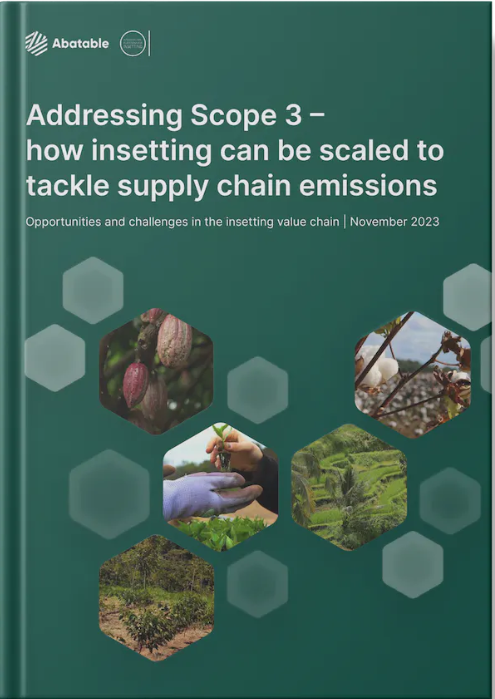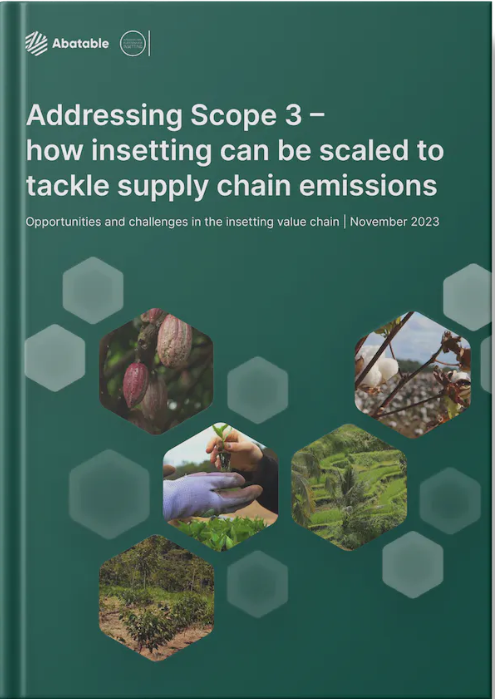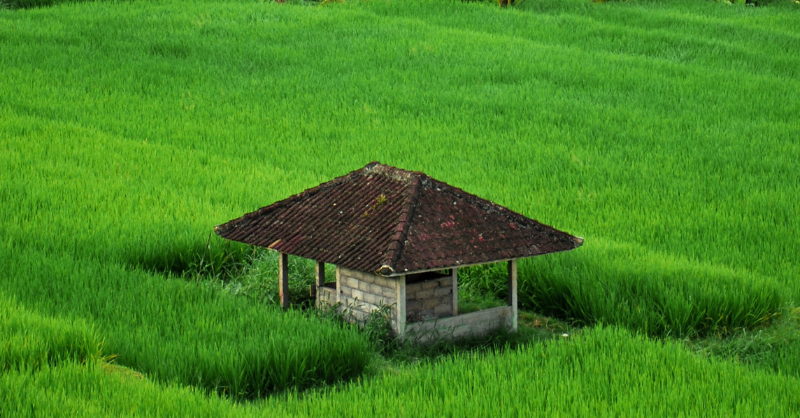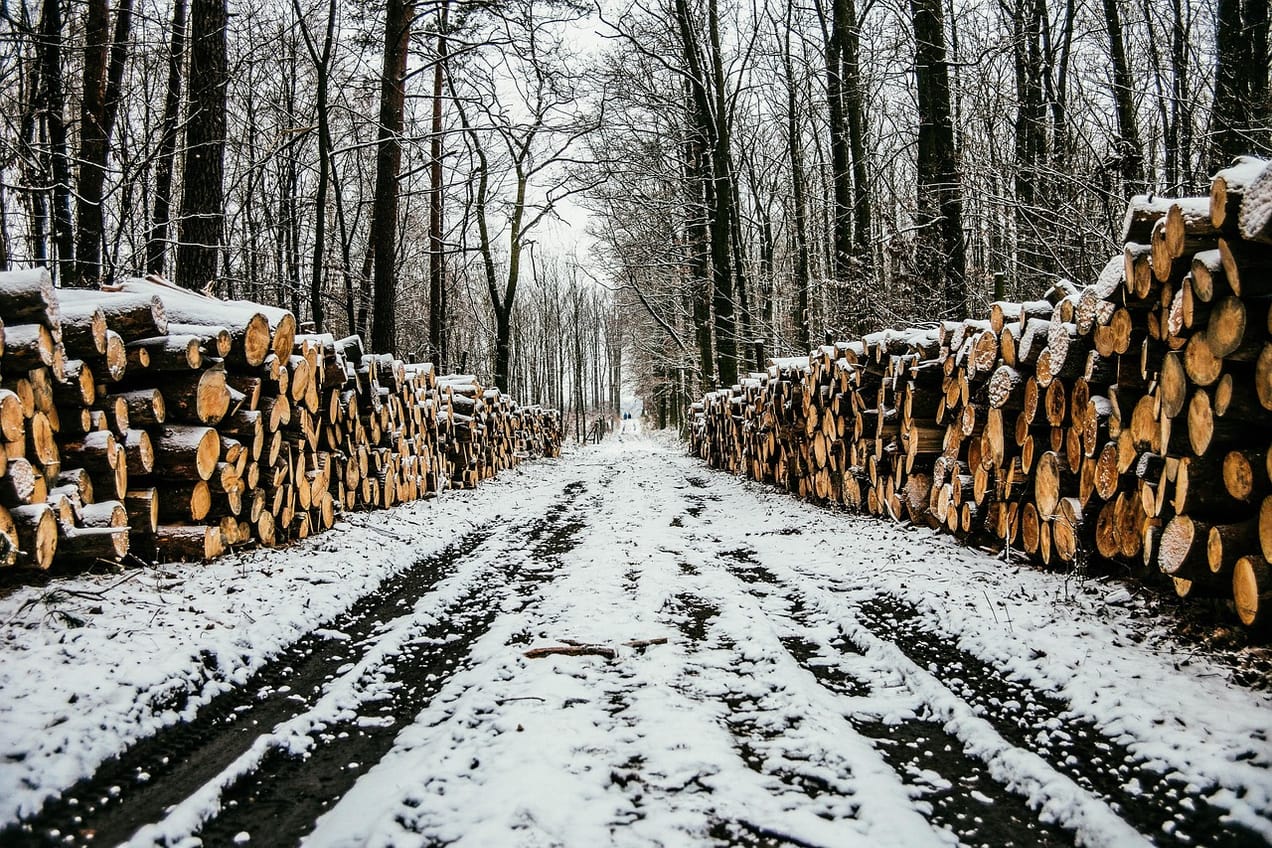
Insetting - defining and implementing at scale
Organisations can reduce their net greenhouse gas emissions (GHGs) to zero ('net zero') by either making changes to their businesses that mean they produce no net emissions themselves or they can offset any net emissions they have to some degree by purchasing carbon offsets. Carbon offsets are programmes where GHGs are removed to compensate for emissions made elsewhere.
But back to the changes that the business can make. And what do we mean by 'the business'?
Stakeholders are increasingly considering the business as part of the broader ecosystem and are less inclined to absolve a business for 'sins of the connected.' Disclosure requirements are tending to hold businesses accountable not just for directly created emissions from their own activities including purchased energy (Scopes 1 and 2 emissions) but also those of their supply chain or Scope 3.
Scope 3 emissions, vary by sector but frequently account for over 70% of a company’s total carbon footprint. That's where 'insetting' comes in. In this case, a business works with its suppliers to enable them to implement projects that reduce emissions directly within their supply chain. There can also be positive impacts for communities and ecosystems in locations through the chain.
Leading carbon intelligence and procurement platform, Abatable along with the International Platform for Insetting (IPI) have published a joint report examining how insetting could be effectively scaled. The report is the product of 20 detailed interviews conducted by Abatable and the IPI with key stakeholders in the insetting space, including Conservation International, Ecosecurities, Indigo Ag, Rabobank and South Pole.
In the interviews Abatable and IPI discussed six key questions that they believe need to be resolved to accelerate action and enable insetting to scale:
- What is insetting? - is there a consistency of definition and understanding?
- In a world of imperfect traceability, where do the boundaries of the ‘in-value chain’ lie and what are credible claims?
- What does ‘high integrity’ look like for insetting?
- How much does insetting cost?
- What is the role of policy and regulation in insetting?
- How ready are corporates to engage with insetting?
The primary conclusion from the research is that, in the short term, the lack of clear and consistent guidance is hindering many developers and companies from taking insetting action. They also found that that while there is some alignment, there is still a strong divergence in the views of project developers and broader stakeholders on most of the questions posed. Click on the image below to go to the Abatable website to download the report 👇🏾

A key area for insetting potential is the agriculture space. Certain crops and livestock in the way they have been recently farmed, are responsible for producing GHGs. Rice for example is responsible for roughly 10% of global agricultural GHG emissions (and 40% of global irrigation water use). But while some of the solutions to make agriculture more sustainable can be delivered by companies, we also need governments and NGOs to be heavily involved. Most rice farmers are poor, and so are unable to invest in the changes needed. It sounds like the answer needs to be blended finance, where the public and private sectors work together. That could be something that becomes part of parcel of insetting, particularly where the supply chain is located in less industrialised countries 👇🏾

This article featured in What Caught Our Eye, a weekly email featuring stories we found particularly interesting during the week and why. We also give our lateral thought on each one. What Caught our Eye is available to read in full by members.
If you are not a member yet, you can read What Caught Our Eye when it comes out direct in your email inbox plus all of our blogs in full...


Please read: important legal stuff.


